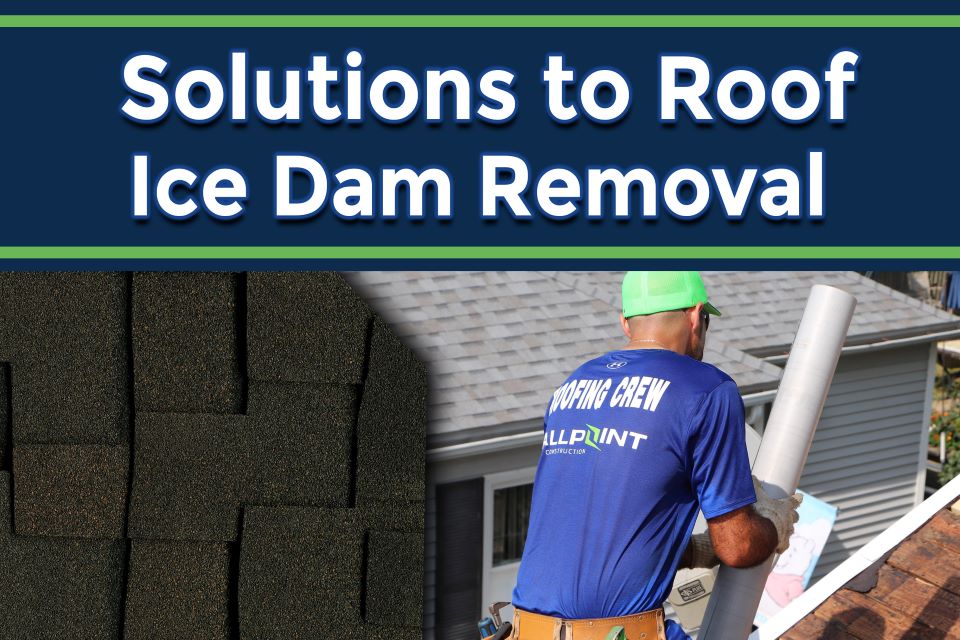Icicles along the eaves of your roof may look so nice. But unfortunately, they can be dangerous to your roofing system. However, you do not have to be worried. There are permanent solutions to roof ice dams. An ice dam is not good on any part of your roofing system. Therefore, as soon as you notice them on your roof, you need to immediately call for ice dam removal. Then why are ice dams so bad, and what are the solutions to safeguard the roofing system from the hazards of ice dams?
Why Do You Need Roof Ice Dam Removal?
Ice dams, when left on the roof, can cause a lot of hazards. These include water back up on your roof, loosening shingles, tearing off gutters, a leaky roof, and other roof issues. If any of these happens to your property, soon you will start noticing peeling paints, sagging ceilings, warped floors, stained roofs, etc. In addition, it can extend to the insulation in your attic. This will cause you to lose your R-value and an open invitation for mildew and molds.
Permanent Solutions for Ice Dams
There are several recommended solutions for roof ice dam removal. One good thing is to keep the eaves of your roof warm. This is possible by enhancing the ventilation, sealing off air leaks, and adding insulation; do your best to keep the underside of your roof safe.
Here are some of the spots to note when getting rid of the ice dam permanently on your roofing system. With these guidelines in practice, you should be able to live a dam-free winter.
Cover the hatch:
An opened attic hatch is commonplace for heat to escape. Seal them with weather-stripped covers made from foiled face foam board joined by tape.
Ventilate ridges and eaves:
Use a ridge vent combined with steady soffit vents to circulate cold air under the roof. Install baffles at the eaves to keep a free path for airflow from the soffit vents.
Add insulation:
You can keep the heat in the attic by adding more insulation. You can check with your local building department to know how much insulation you would need.
Use sealed can lights:
Traditional recessed lights cause high heat and might trigger fire when insulated. Instead, it is most recommended to use “IC” fixtures. Only this can be covered with insulation.
Link exhaust to the outside:
Every duct in the home (bathroom, kitchen, dryer) should be linked outside through the walls or roof. Do not take it through the soffit.
Seal and insulate ducts:
Use fiber-reinforced mastic on your air conditioner ducts and exhaust duct. Seal them properly with R-5 or R-6 foil fiberglass.
Caulk penetrations:
- Use a fire-stop sealant to seal around vent pipes and electric cables.
- Check for spots where light can shine up from under.
- Confirm if the insulation is stained by the dirt trapped by passing air.
Flash your chimneys:
Close the space between the chimney and your house framing with an L-shaped steel flashing. Hold it in place with unbroken beads of a fire-stop sealant.
Conclusion
Conclusively, you have seen that an ice dam on your roof is not safe for your roofing system. The best solution is to call for roof ice dam removal for a professional removal service. However, proper roof installation can do you a lot of good. Working with the right roofer who understands the best roofing installation techniques for cold areas is the best.


